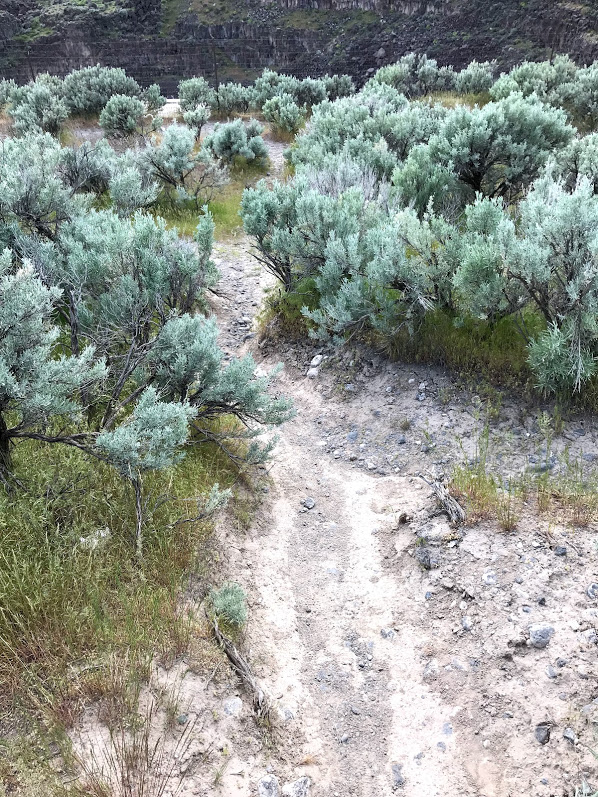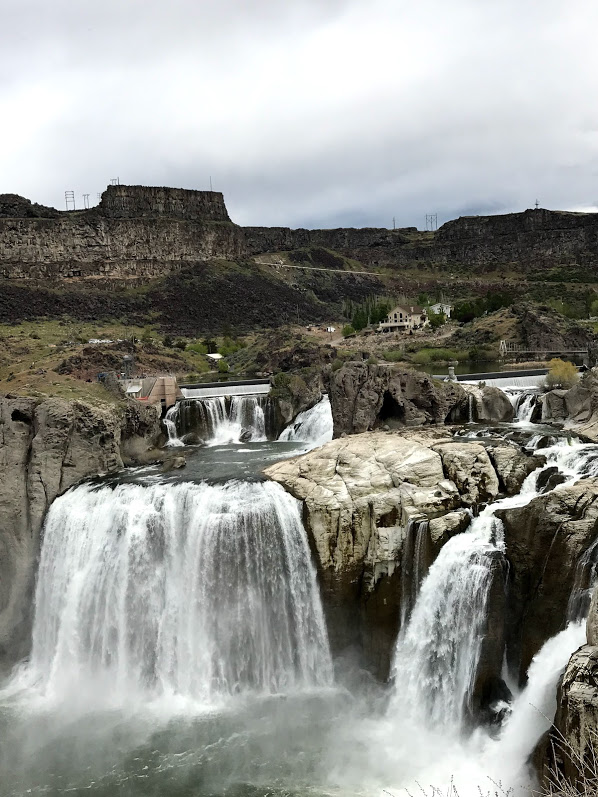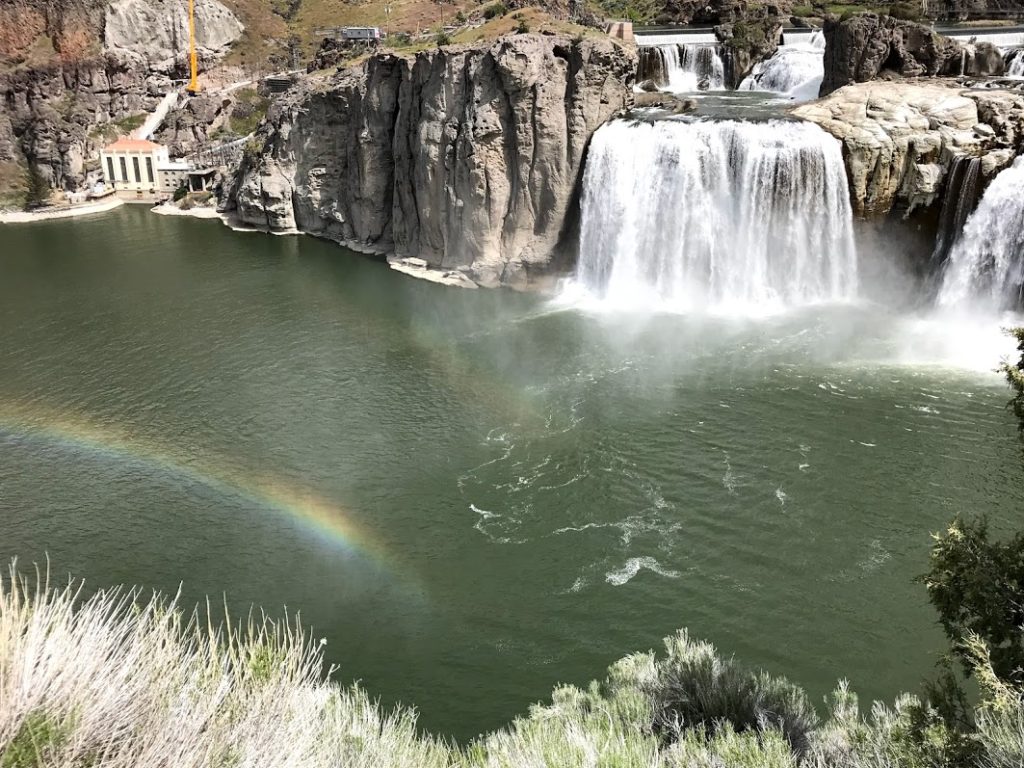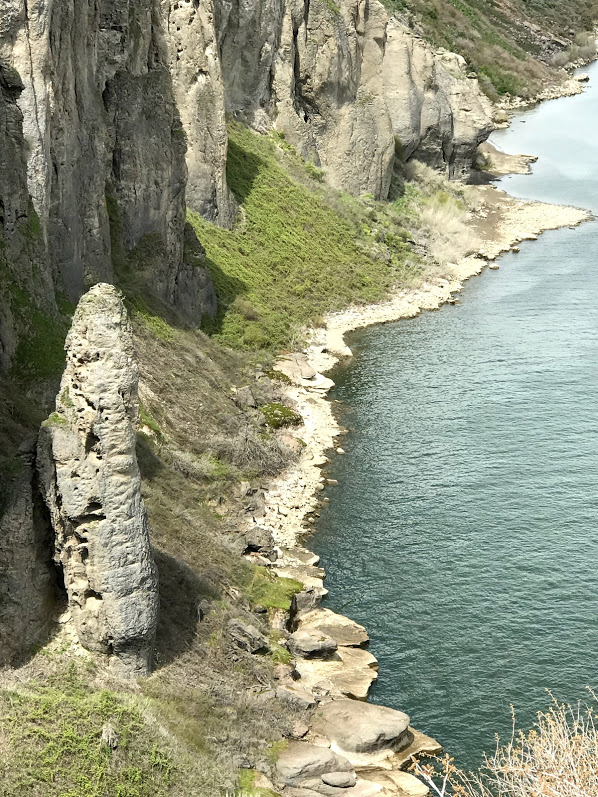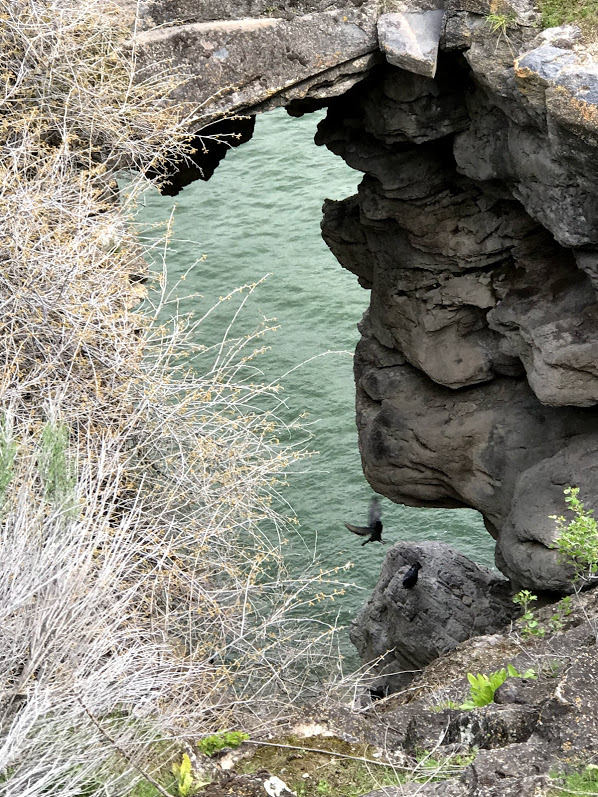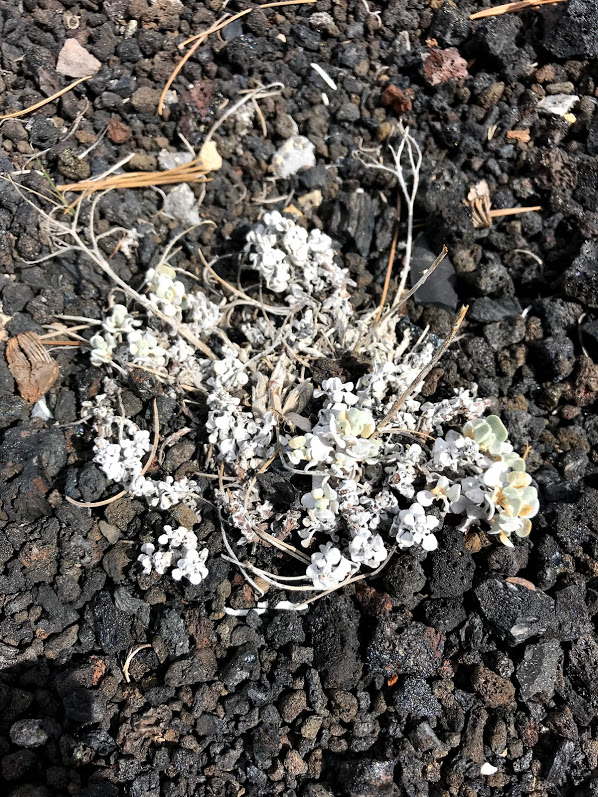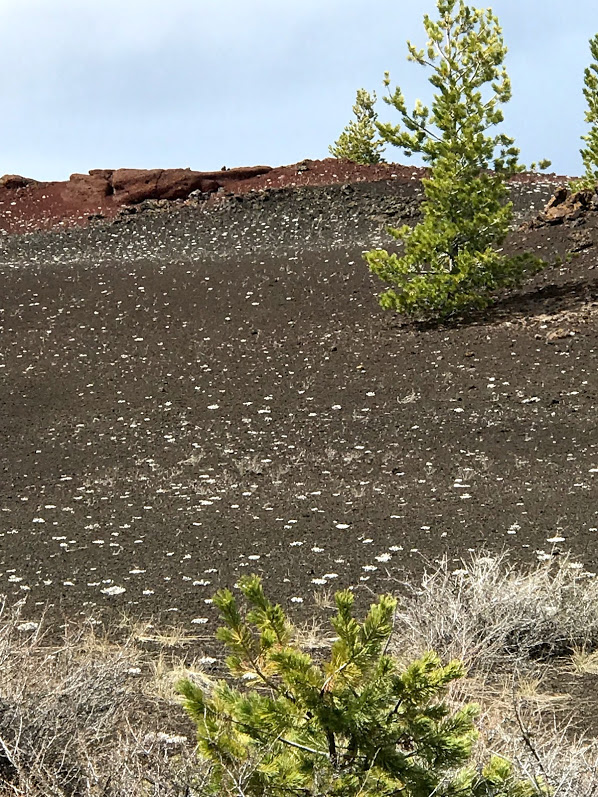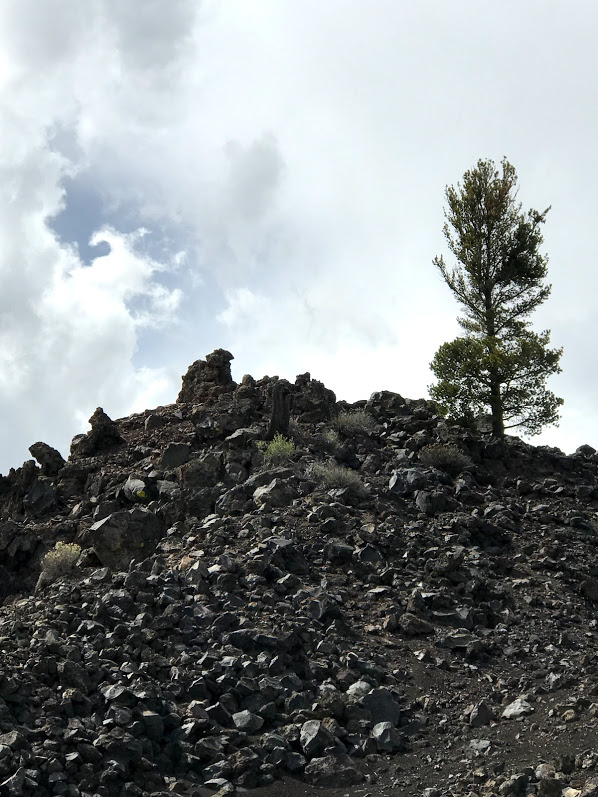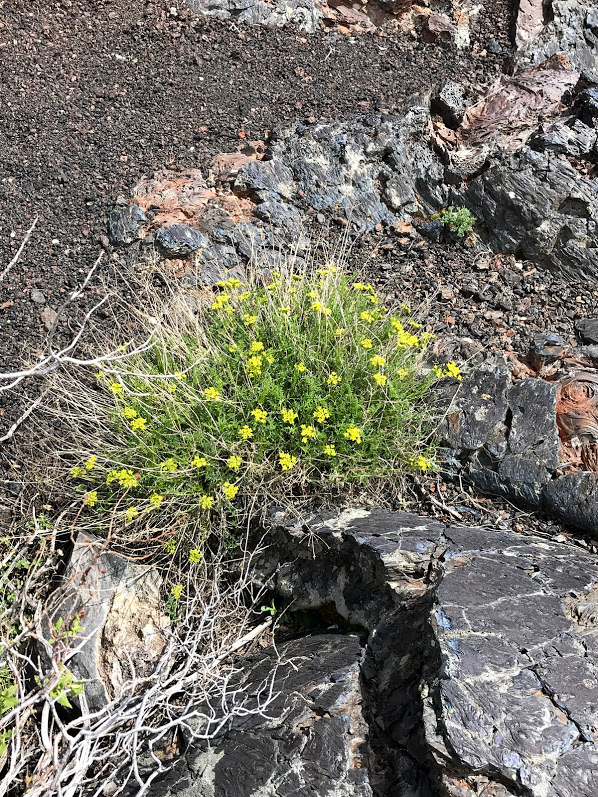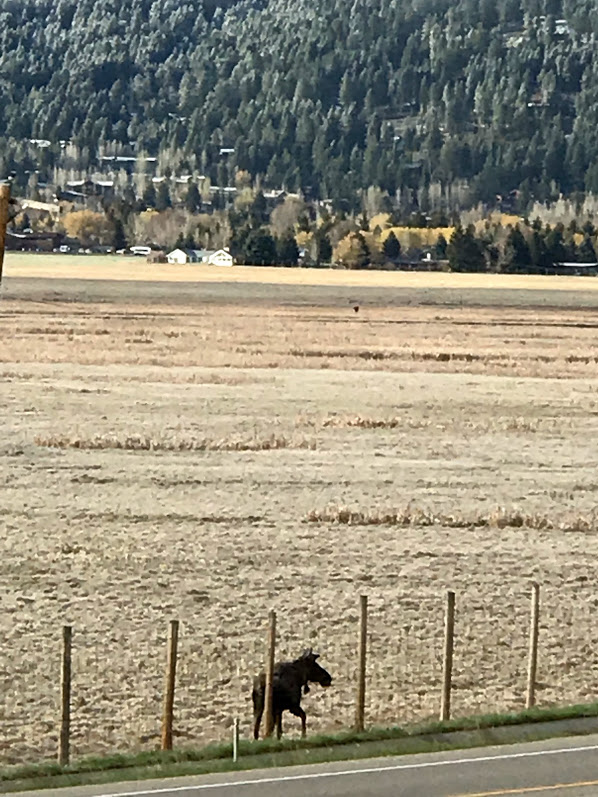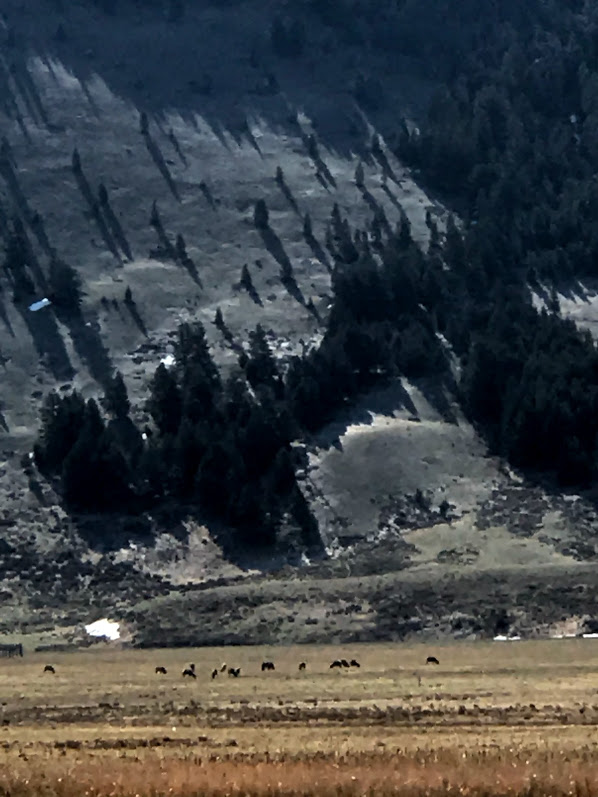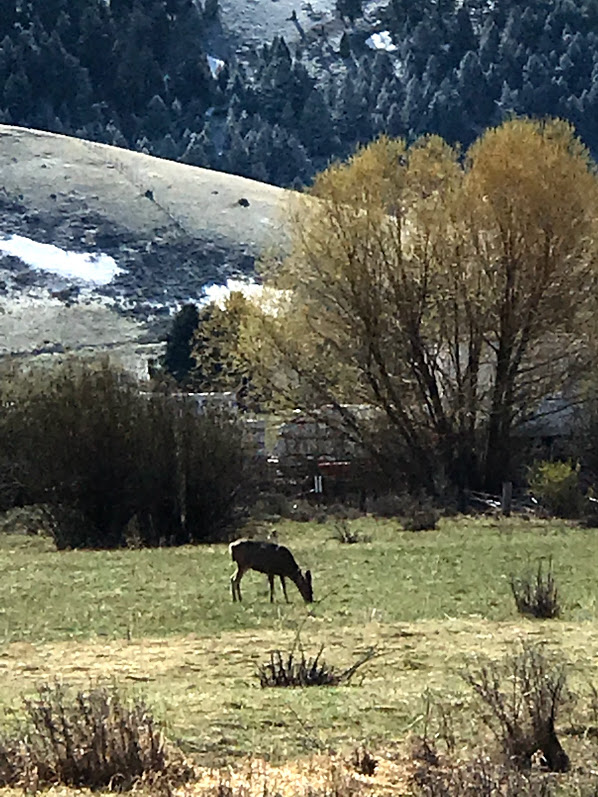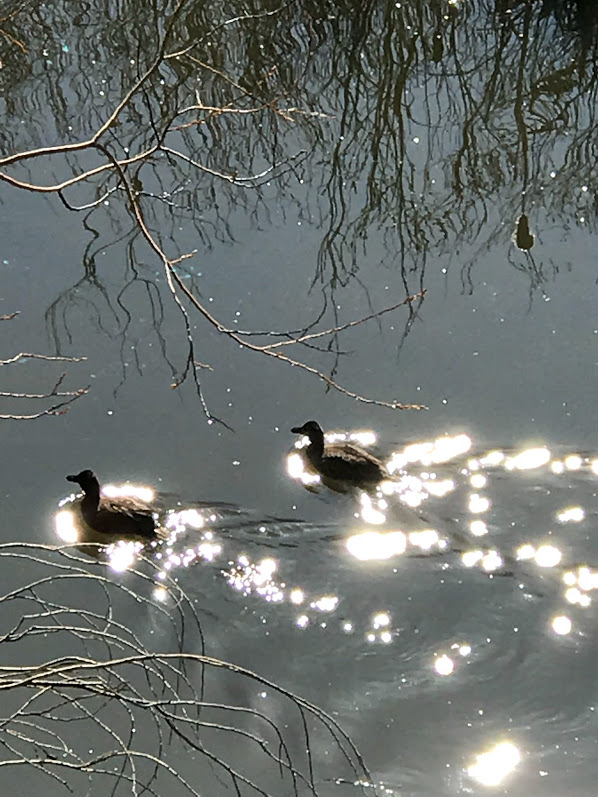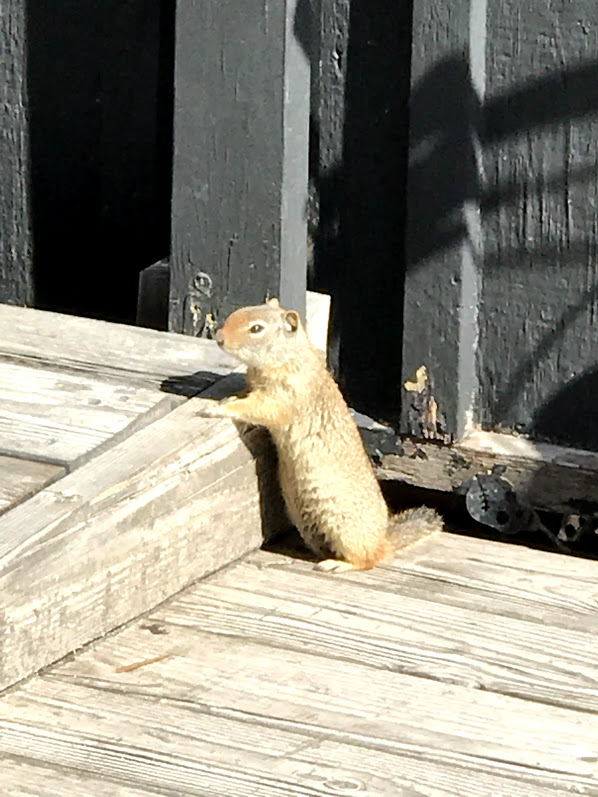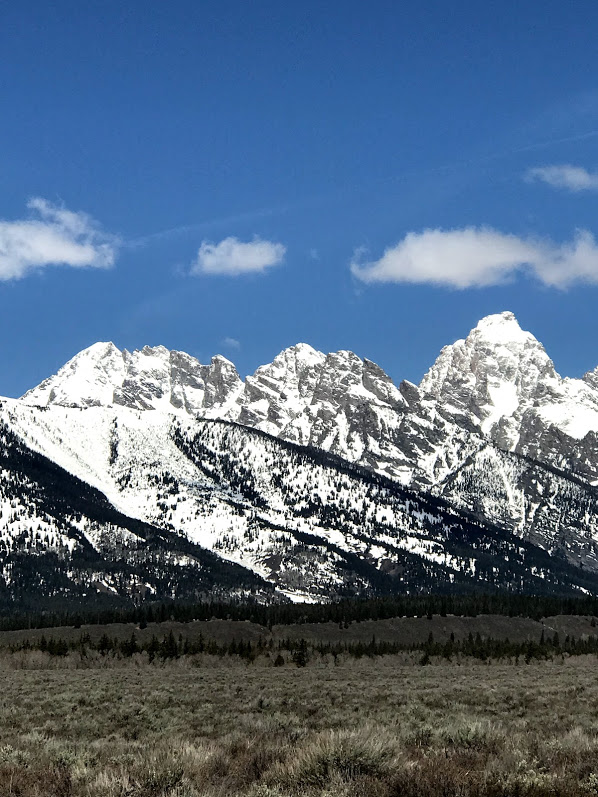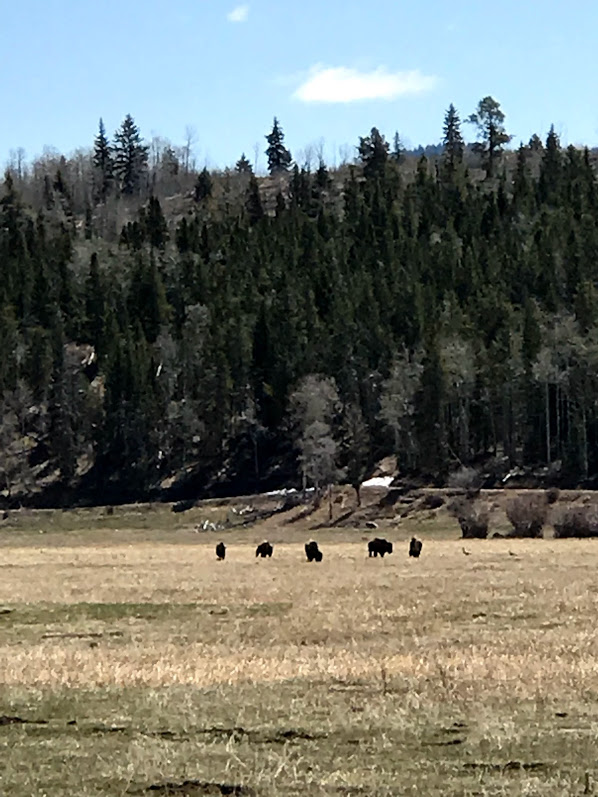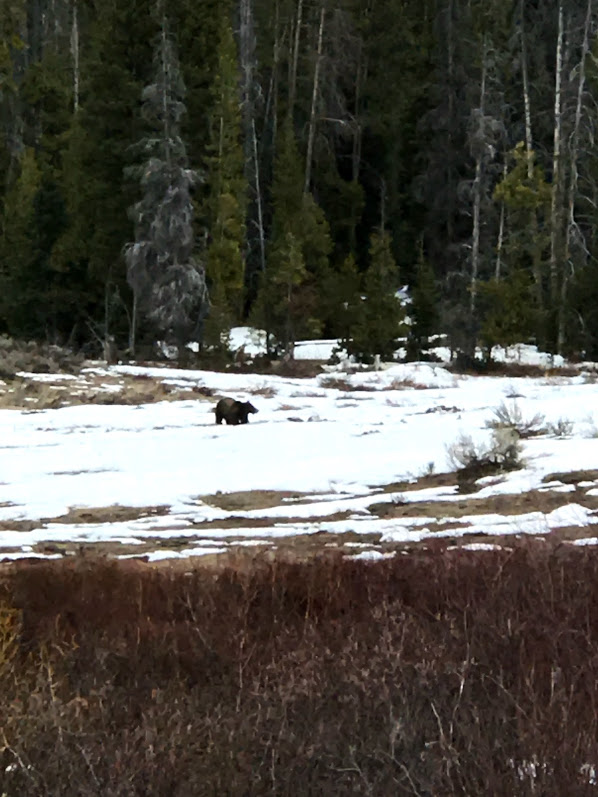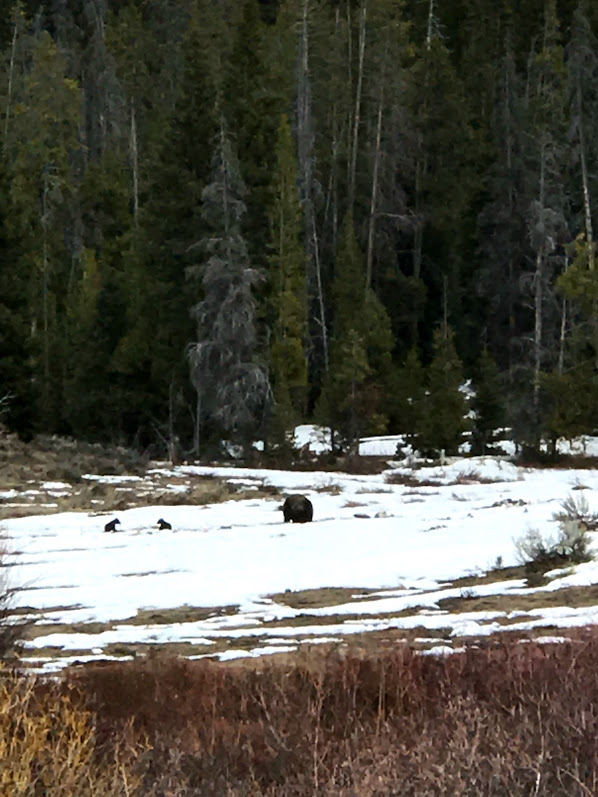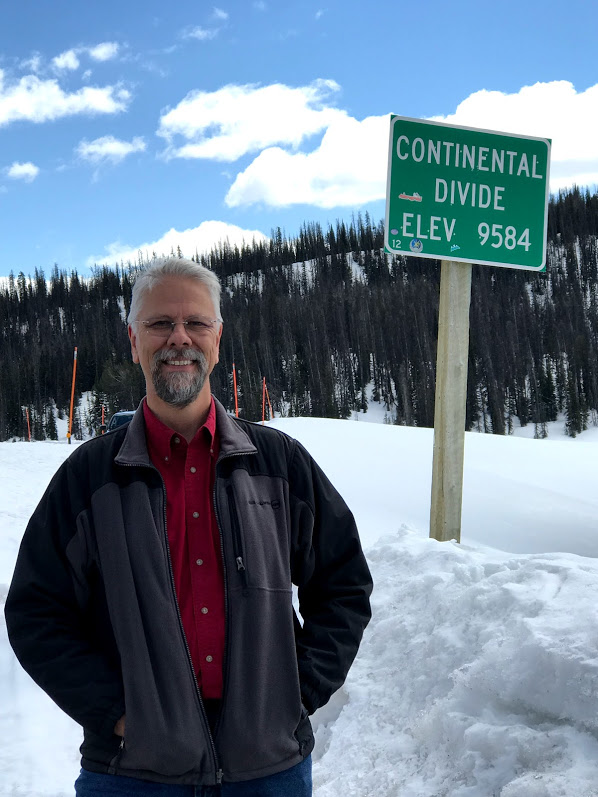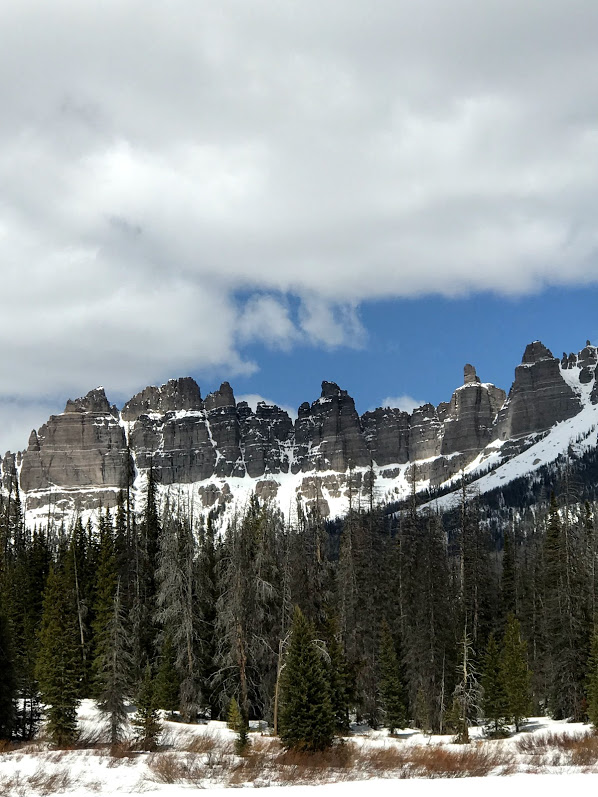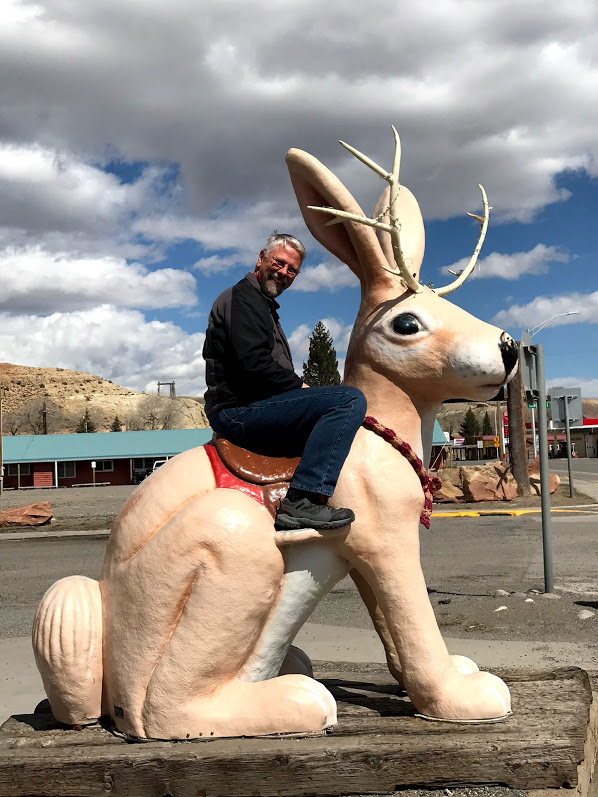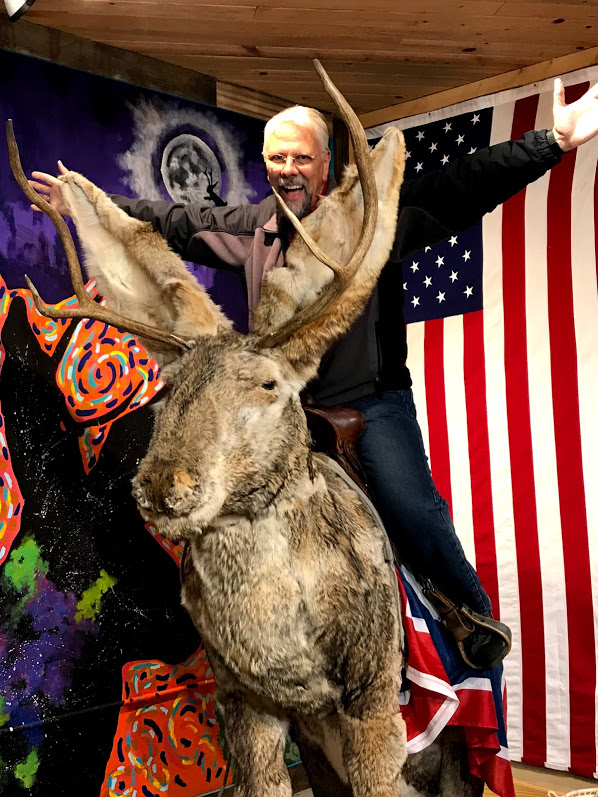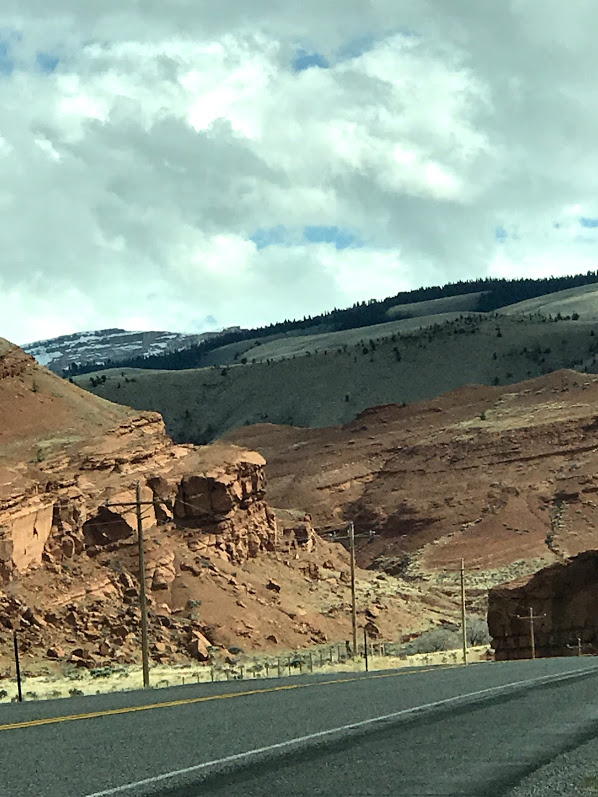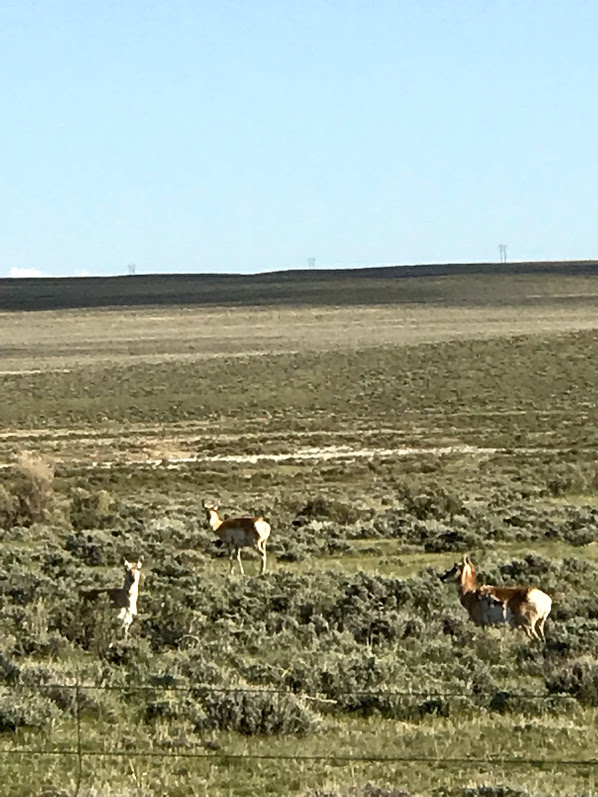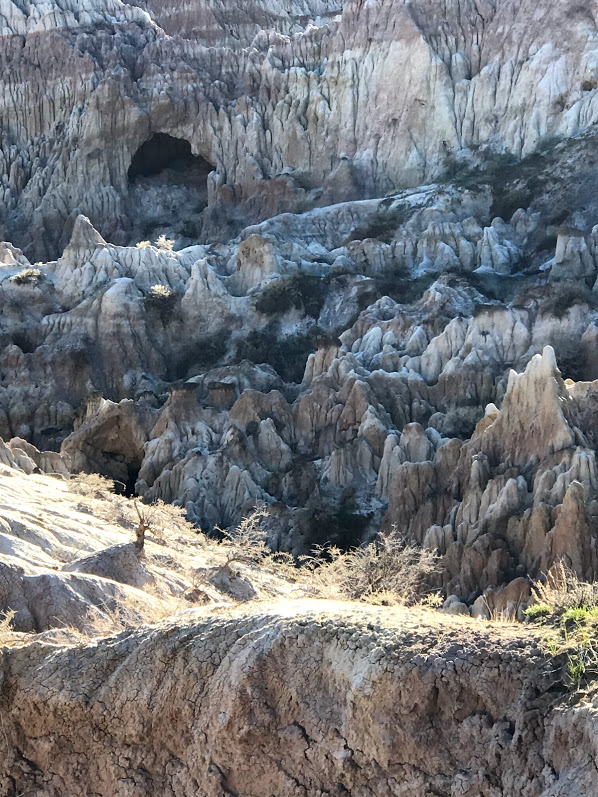This morning we set out a bit later than usual. Our only agenda was to make it to our hotel in Jerome in time for bed. We had determined just to stop where the mood struck us. And that is how we came to be at the Oregon Trail Interpretive Center near Baker City, OR.
I knew about the Oregon Trail from high school history classes. But I didn’t really have much information. Somehow, just being in the country these intrepid souls had to cross gave me a new appreciation for the settling of the northwest, as well as some insights into my own journey through life.
I learned today that the covered wagons called Prairie Schooners in which the settlers traveled were not really big at all, smaller, in fact, than a standard minivan.
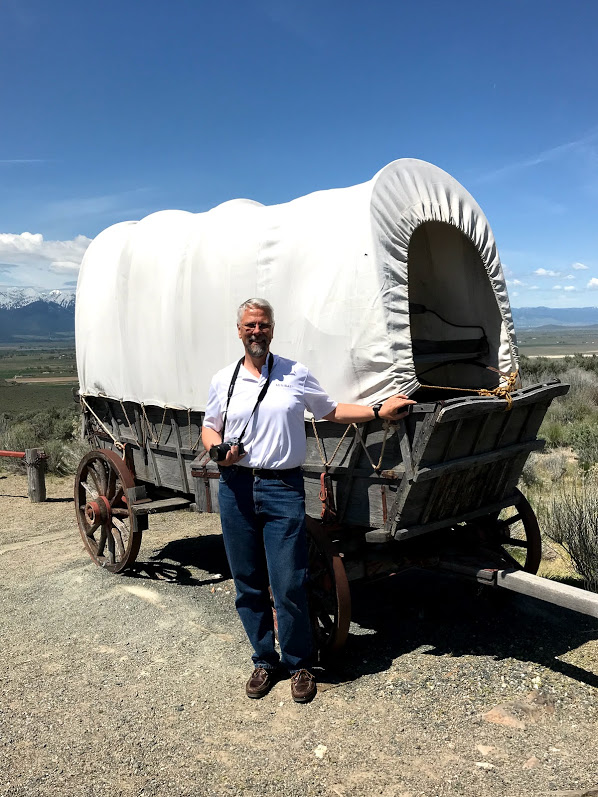
They had no shock absorbers of any kind, not even rusty springs. So every bump was keenly felt. And the ground was extremely rocky.
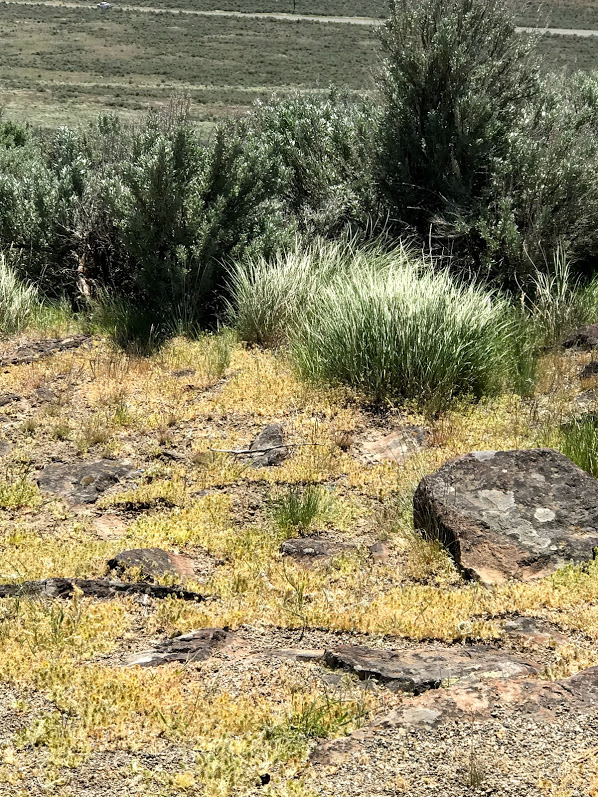
Dense sagebrush was everywhere, and had to be cleared out of the way. It could be hiding all manner of hazards.
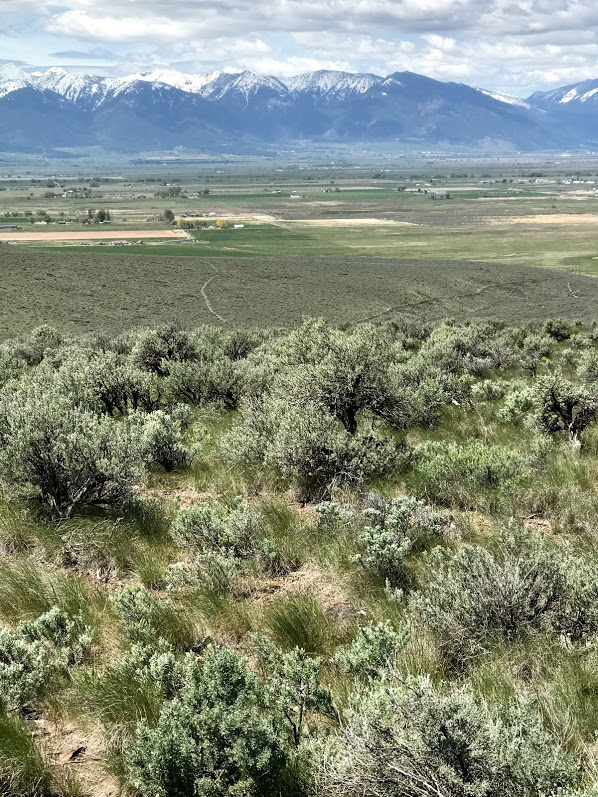
(The dark line on the right across the rise in the middle of the picture is actually part of the Oregon Trail. The ruts carved by the wagons are still visible.)
The journey from Missouri to Oregon took six months, on average, traveling between ten and twenty miles per day. Most people walked most of the way because the wagons were uncomfortable and also crowded with supplies for the journey. One in ten who started the trip died along the way. There were graves all along the trail, one about every 80 yards. It sounds grim. First hand accounts indicate that it was!
So why go? Because of the promise of wonderful country waiting at the end of the journey. Does this sound familiar?
When we set out to follow Christ, to walk in His way, many of us were not told of the many hazards and other difficulties that lie in wait for us along the path of discipleship. Some of us, particularly from earlier ages, were told, but set out anyway. Along the way, we encounter trial after trial. Many prove fatal, at least in a spiritual sense. Many fall away along the trail. The way is littered with things we’ve had to discard because they proved too much to carry, especially unhealthy attitudes and bitter disappointments. Writers such as Egeria, Tolkien, Hurnard, and Bunyan have given us some sense of the weighty challenges and immense obstacles we will face along the way.
So why go? Why continue without turning back? Because of what awaits us at the end of the road. Isn’t this what drew the settlers along the Oregon Trail? Isn’t this what draws us?
When we arrived in Jerome this evening, we went to a local diner for supper. When we left, just before sunset, there was a light mist. And when we turned around, there was a spectacular double rainbow.
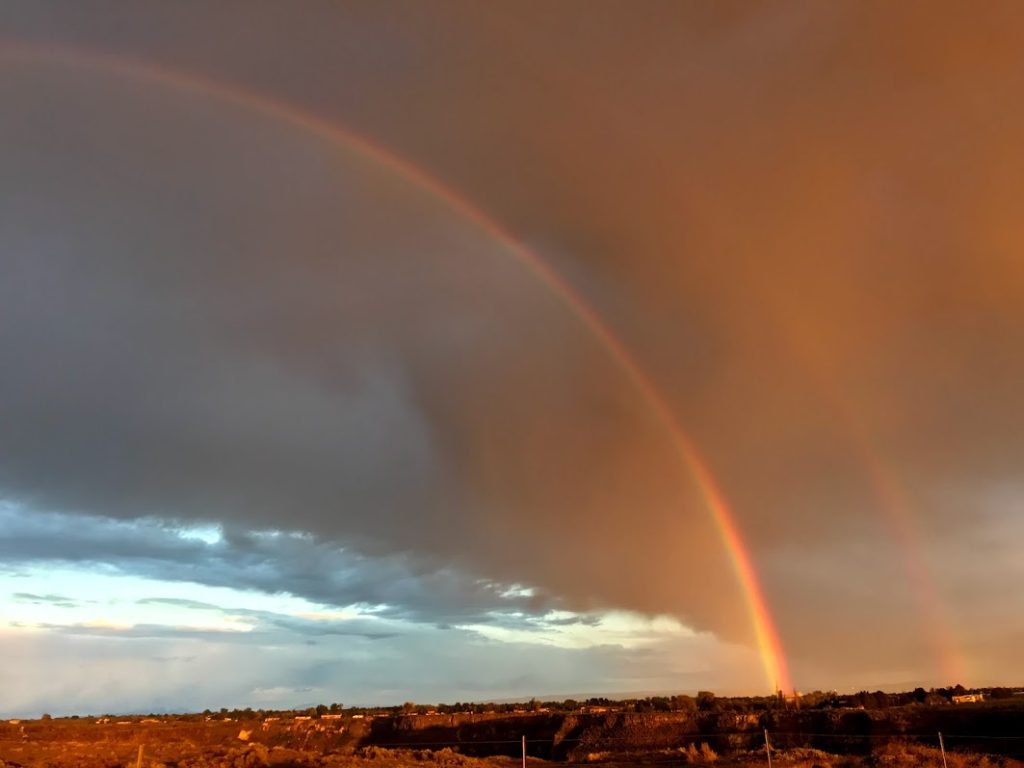
From where I stood, one end of the rainbow seemed to come from a little white steepled church.
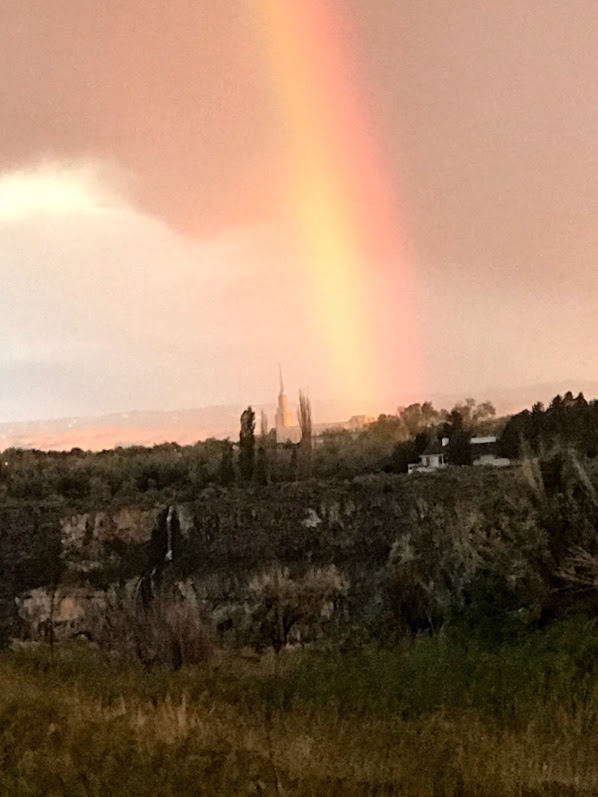
It was a beautiful seal on the end of a long day of driving. Perhaps I am being fanciful. But it was as though the Lord was saying, “Yes, the journey is worth the trouble. Come, follow Me!”
”Blessed is the man who perseveres under trial; because when he has stood the test, he will receive the crown of life that God has promised to those who love Him.”
—James 1:12
